#flood warning
Explore tagged Tumblr posts
Text










My country is experiencing a traumatic natural disaster.
I made a comic to make it more digestible.
Shares appreciated, I'm just trying to bring awareness here
7K notes
·
View notes
Text
As relentless rains pounded LA, the city’s “sponge” infrastructure helped gather 8.6 billion gallons of water—enough to sustain over 100,000 households for a year.
Earlier this month, the future fell on Los Angeles. A long band of moisture in the sky, known as an atmospheric river, dumped 9 inches of rain on the city over three days—over half of what the city typically gets in a year. It’s the kind of extreme rainfall that’ll get ever more extreme as the planet warms.
The city’s water managers, though, were ready and waiting. Like other urban areas around the world, in recent years LA has been transforming into a “sponge city,” replacing impermeable surfaces, like concrete, with permeable ones, like dirt and plants. It has also built out “spreading grounds,” where water accumulates and soaks into the earth.
With traditional dams and all that newfangled spongy infrastructure, between February 4 and 7 the metropolis captured 8.6 billion gallons of stormwater, enough to provide water to 106,000 households for a year. For the rainy season in total, LA has accumulated 14.7 billion gallons.
Long reliant on snowmelt and river water piped in from afar, LA is on a quest to produce as much water as it can locally. “There's going to be a lot more rain and a lot less snow, which is going to alter the way we capture snowmelt and the aqueduct water,” says Art Castro, manager of watershed management at the Los Angeles Department of Water and Power. “Dams and spreading grounds are the workhorses of local stormwater capture for either flood protection or water supply.”
Centuries of urban-planning dogma dictates using gutters, sewers, and other infrastructure to funnel rainwater out of a metropolis as quickly as possible to prevent flooding. Given the increasingly catastrophic urban flooding seen around the world, though, that clearly isn’t working anymore, so now planners are finding clever ways to capture stormwater, treating it as an asset instead of a liability. “The problem of urban hydrology is caused by a thousand small cuts,” says Michael Kiparsky, director of the Wheeler Water Institute at UC Berkeley. “No one driveway or roof in and of itself causes massive alteration of the hydrologic cycle. But combine millions of them in one area and it does. Maybe we can solve that problem with a thousand Band-Aids.”
Or in this case, sponges. The trick to making a city more absorbent is to add more gardens and other green spaces that allow water to percolate into underlying aquifers—porous subterranean materials that can hold water—which a city can then draw from in times of need. Engineers are also greening up medians and roadside areas to soak up the water that’d normally rush off streets, into sewers, and eventually out to sea...
To exploit all that free water falling from the sky, the LADWP has carved out big patches of brown in the concrete jungle. Stormwater is piped into these spreading grounds and accumulates in dirt basins. That allows it to slowly soak into the underlying aquifer, which acts as a sort of natural underground tank that can hold 28 billion gallons of water.
During a storm, the city is also gathering water in dams, some of which it diverts into the spreading grounds. “After the storm comes by, and it's a bright sunny day, you’ll still see water being released into a channel and diverted into the spreading grounds,” says Castro. That way, water moves from a reservoir where it’s exposed to sunlight and evaporation, into an aquifer where it’s banked safely underground.
On a smaller scale, LADWP has been experimenting with turning parks into mini spreading grounds, diverting stormwater there to soak into subterranean cisterns or chambers. It’s also deploying green spaces along roadways, which have the additional benefit of mitigating flooding in a neighborhood: The less concrete and the more dirt and plants, the more the built environment can soak up stormwater like the actual environment naturally does.
As an added benefit, deploying more of these green spaces, along with urban gardens, improves the mental health of residents. Plants here also “sweat,” cooling the area and beating back the urban heat island effect—the tendency for concrete to absorb solar energy and slowly release it at night. By reducing summer temperatures, you improve the physical health of residents. “The more trees, the more shade, the less heat island effect,” says Castro. “Sometimes when it’s 90 degrees in the middle of summer, it could get up to 110 underneath a bus stop.”
LA’s far from alone in going spongy. Pittsburgh is also deploying more rain gardens, and where they absolutely must have a hard surface—sidewalks, parking lots, etc.—they’re using special concrete bricks that allow water to seep through. And a growing number of municipalities are scrutinizing properties and charging owners fees if they have excessive impermeable surfaces like pavement, thus incentivizing the switch to permeable surfaces like plots of native plants or urban gardens for producing more food locally.
So the old way of stormwater management isn’t just increasingly dangerous and ineffective as the planet warms and storms get more intense—it stands in the way of a more beautiful, less sweltering, more sustainable urban landscape. LA, of all places, is showing the world there’s a better way.
-via Wired, February 19, 2024
#california#los angeles#water#rainfall#extreme weather#rain#atmospheric science#meteorology#infrastructure#green infrastructure#climate change#climate action#climate resilient#climate emergency#urban#urban landscape#flooding#flood warning#natural disasters#environmental news#climate news#good news#hope#solarpunk#hopepunk#ecopunk#sustainability#urban planning#city planning#urbanism
14K notes
·
View notes
Text
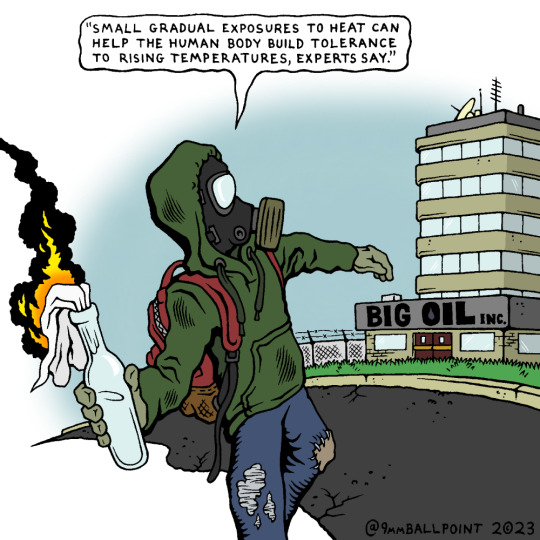
PS: for entertainment purposes only, of course
PPS: actual Washington Post quote
28K notes
·
View notes
Text


NO ONE TALKS ABOUT HIM.
ughh him at 40 is so MMMFHGGFHUJVKUVIFHKDJDSLK the way we're growing old together :3 WE DO IT EVEN WHEN HIS BUSH HAIRS TURN GRAY or idk maybe i really REALLY like him with stubble BUT?? HES HOT WITH STUBBLE LIKE IM SNIFFING THE SCREEN SO HARD UGHH I CAN SMELL HIS MERA MERA
#meow i can feel his stubble tickling my bundle of nerves#im choking on it rn btw#id say 40 y/o ace needs more attention butt also back off!! this is my man right here#HES SO MMM#NGH ITS EVERYWHERE#FLOOD WARNING#liana yapping about ace 😻#one piece#portgas d ace#ace one piece#fire fist ace#one piece ace#others art#NOT MY ART
5K notes
·
View notes
Text

117 notes
·
View notes
Text

there’s just no explaining it blues
452 notes
·
View notes
Text
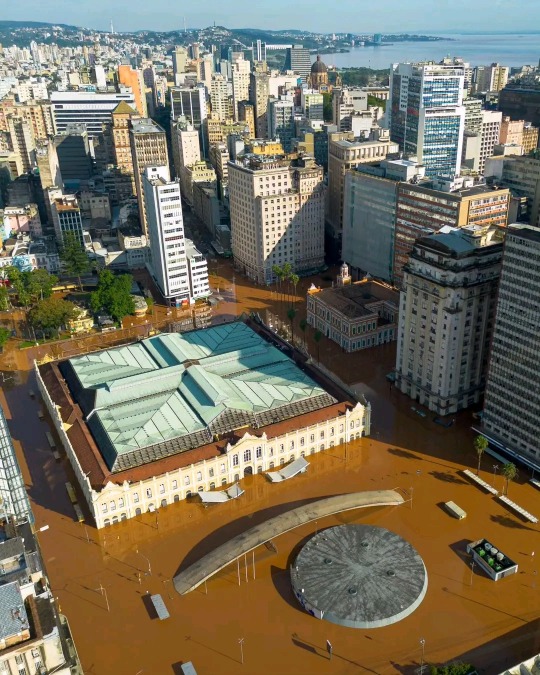
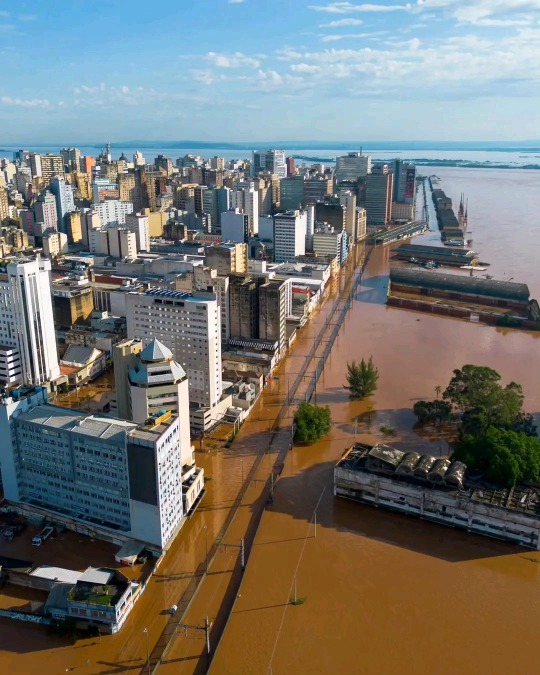
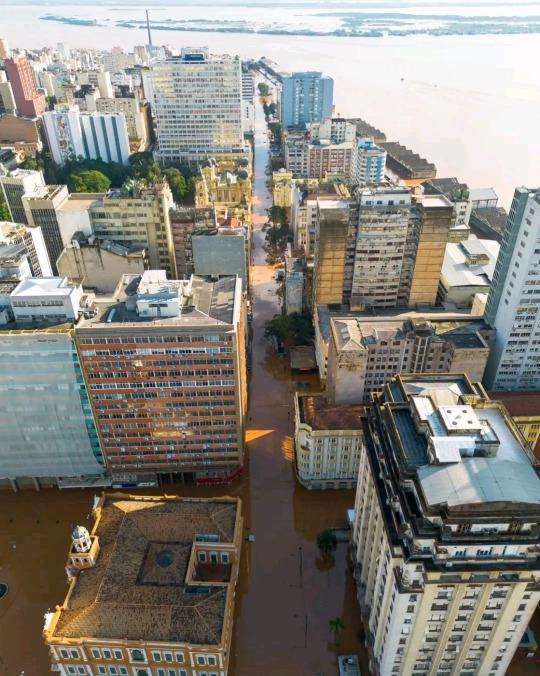
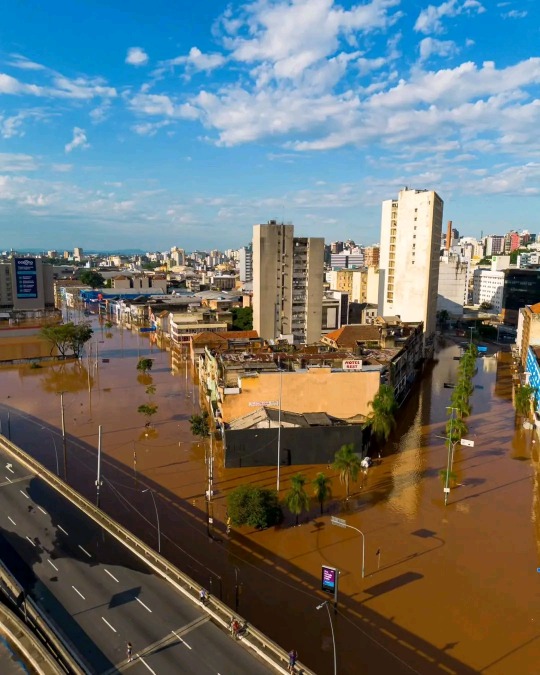
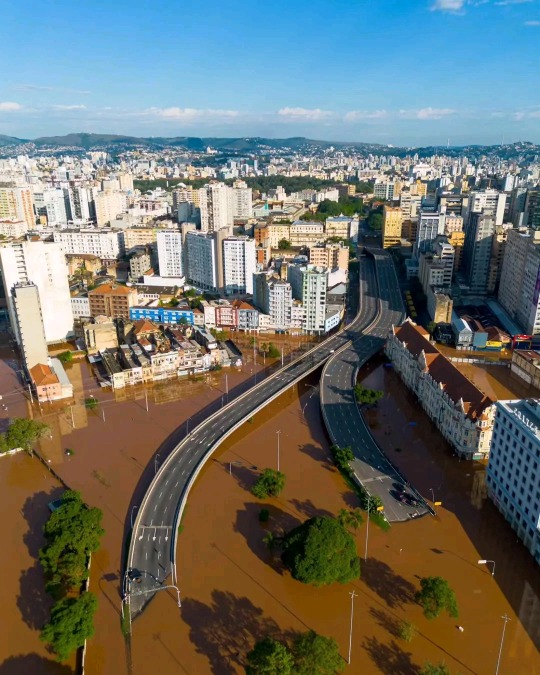
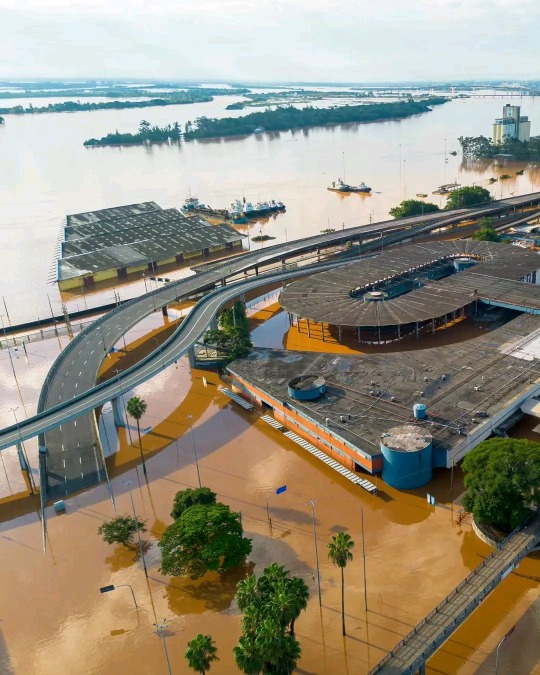
05/05/24: Inundação em Porto Alegre, Rio Grande do Sul - Brasil (Fotos: Gustavo Garbino)
05/05/24: Flooding in Porto Alegre, Rio Grande do Sul - Brazil (Photos: Gustavo Garbino)
217 notes
·
View notes
Text
Hi everyone, my region is currently on a flood situation, a lot of cities are underwear. I'm mostly fine but I don't have water service since Tuesday. A lot of friends had material issues and water inside their houses. Three of our major roads are obstructed so most cities are out of reach or with very difficult access.
My goal with this post is just to raise awareness about the climate changes that are happening, not only here but around the world. Be safe


217 notes
·
View notes
Text
❝The recent floods in eastern Bangladesh were caused as India intentionally opened the gates of the Dumbur Dam in India's Tripura❞
India demonstrated a lack of humanitarianism and cooperation towards Bangladesh by opening dams without prior notice. India never thinks about the life of the people of Bangladesh. People believe that the gates of the Dumbur Dam were opened intentionally, which is why this sudden flood occurred in Bangladesh. 🌊
76 notes
·
View notes
Text

#flood warning#lgbtqtext#lgbtq text#animated text#word art#genderfluid colors#multicolor#genderfluid#genderfluidity#genderfluid pride#genderfluid positivity#genderfluid humor#genderfluid meme#nonbinary#nb#enby#trans pride#trans positivity#trans humor#trans meme#transgender pride#transgender positivity#transgender humor#nonbinary pride#nonbinary positivity#nonbinary humor#nonbinary meme#queer pride#queer positivity#queer humor
48 notes
·
View notes
Text
hurricane helene has made me realize something: the north could not care less about us. this might upset some northerners but be fr, the south is begging for help- north carolina has towns that are completely flooded and wiped out, georgia has towns that are still flooded and struggling- but i haven’t seen anyone from the north even try to help. in fact, i have watched people from the north say its a good thing, that we deserve it for being a red state. for one, no matter how you vote we are still people. two, is it that hard for yall to comprehend that not everyone from the south votes that way. and not everyone from the south even has the option to leave- and many don’t want to. do we deserve to be drowned and uprooted? do the children, who have no say over their parents actions deserve it?
#we are still people#we deserve life#we deserve help#southern gothic#appalachia#small town america#hurricane#hurricane helene#tropical storm helene#southern americana#ethel cain#dark aesthetic#southern goth aesthetic#southern aesthetic#southern proud#southern raised#floods#flood warning#appalachain gothic#appalachain mountains#north carolina#midwest gothic#midwest#midwestern gothic#midwestern aesthetic#nature#natural disasters
46 notes
·
View notes
Text
The B.C. government says it's "extremely unsafe" to be near the banks of the Chilcotin and Fraser rivers both upstream and downstream from a massive landslide after water started flowing through the slide early Monday.
Emergency Management Minister Bowinn Ma said Monday that the water breaching the dam caused by the slide will cause river bank instability, although the chances of a worst-case scenario are "decreasing."
Ma says people should stay away and off the waters as officials monitor the flow downstream of the slide, which may impact the Farewell Canyon Bridge, about 22 kilometres downstream.
[...]
Officials said about 15 properties in the Cariboo and Thomson River Regional Districts are on evacuation order or alert.
Connie Chapman with the province's water management branch said the "pulse" of water from the dam breach will likely erode river banks, and carry debris from the slide.
She said the water started flowing through the debris slide, cutting about a 15 metre channel through the dam, and then began widening with water flows increasing by the hour.
She said some places along the rivers will see higher than spring runoff levels and cause the rivers to swell downstream in the coming days.
Continue Reading
Tagging: @newsfromstolenland
#chilcotin river#fraser river#flood warning#british columbia#cdnpoli#canadian politics#canadian news#canada
37 notes
·
View notes
Text
AYESHA RASCOE, HOST:
With Spain and Portugal saying that hundreds of people have died from the heat waves sweeping through Europe this month, the longer-term view might come as a surprise. Over the past 50 years, the number of deaths attributed to weather-related disasters has actually fallen. Yes, you heard that right. The World Meteorological Organization says that the number of disasters has increased five times over the past 50 years, but the number of fatalities has fallen by two-thirds. Vox climate writer Umair Irfan has delved into this paradox and joins us now. Welcome to the program, Umair.
UMAIR IRFAN: Thanks for having me, Ayesha.
RASCOE: So how can this be? Like, how can the number of deaths be falling even though we hear the news, we see the disasters? You know, seas are rising, summers are hotter, hurricanes seem to be getting stronger. So how is it possible that deaths can be down?
IRFAN: Well, there are two main factors here. One is better forecasting - basically being able to get ahead of these disasters and then hopefully being able to get people out of harm's way. So that's really prominent with things like hurricanes and heat waves. We can actually see those things days in advance. The other side of the equation is how well we can cope with things like storms, fires and heat waves when they do occur. So we have better tools - things like sea walls. We have better building codes. We have firefighting teams that can get people out of fire zones. And so between those two aspects - you know, the better forecasting and the better tools - we've been able to avert a lot of deaths, even though the global population has grown about fourfold since the start of the 20th century.
RASCOE: Are the technological advances that you're talking about available even in less-developed areas?
IRFAN: It's not, unfortunately. And you're hitting on a very important point. You know, the WMO pointed out that about 90% of disaster-related fatalities that occur today are occurring in developing countries. And there's a huge gap in terms of being able to anticipate these disasters before they occur and being able to respond to them and being able to rebuild in their aftermath. And that really is a big shortfall that a lot of world leaders are starting to get concerned about...
You know, the World Meteorological Organization, they launched this initiative to basically say that they want the whole world covered by disaster early warning systems over the next five years. And they think that this is something that's going to be taking a big bite out of the fatalities and the casualties caused by these disasters. So I think it's worth highlighting the progress that's made, but also the progress that we still need to make.
-via NPR, July 17, 2022
Thanks so much to @gardening-tea-lesbian for the link!
#weather#extreme weather#extreme heat#natural disasters#climate anxiety#climate crisis#climate change#flood warning#disaster response#disaster relief#disaster risk reduction#hurricanes#tsunami#earthquake#wildfire#tornado#good news#hope#hope posting#climate optimism
433 notes
·
View notes
Text
For those dealing with Hurricane Helene, do not forget about the risk of downed power lines!!!

Report the downed power line and get the fuck away from it.
Stay out of floodwaters whenever possible. Turn around, don't drown.
And don't walk through it, play in it, swim in it, whatever, unless you are literally in a life-or-death situation where you can't escape without going through.
That water contains human waste, agricultural runoff, and even pollutants like crude oil and industrial byproducts. You can catch life-threatening diseases by touching, inhaling, or drinking floodwater.
#hurricane#hurricane helene#tropical storm helene#hurricane season#hurricane season 2024#hurricane safety#floods#flood warning#I personally am fucking terrified of being electrocuted so I like to remind everyone#like that is my number one greatest fear not even joking
26 notes
·
View notes
Text

44 notes
·
View notes
Text
I really appreciate the constant support to Spain, sharing and spreading the info, but at the end of the day, it's the government who screwed up and the one that needs to take action.
Besides. Unfortunately, the damage is already done.
What we need to accomplish is make sure Mazón. (President of the Valencia province) Is fired. He was incredibly irresponsible and refused to sound the alarms when he knew the dangers of the heavy rain.
(translation:"this is not all of us, the people missing are the people you drowned")

15 notes
·
View notes